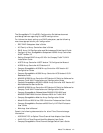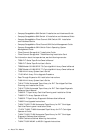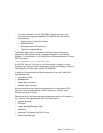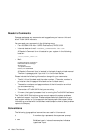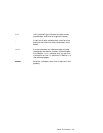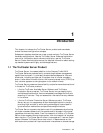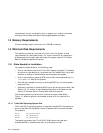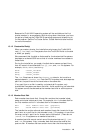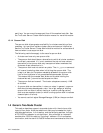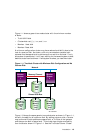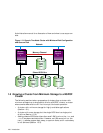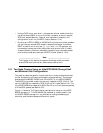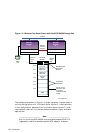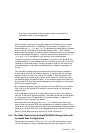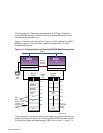Because the Tru64 UNIX operating system will be available on the first
cluster member, in an emergency, after shutting down the cluster, you have
the option of booting the Tru64 UNIX operating system and attempting to
fix the problem. See the TruCluster Server
Cluster Administration manual
for more information.
1.3.1.2 Clusterwide Disk(s)
When you create a cluster, the installation scripts copy the Tru64 UNIX
root (/), /usr, and /var file systems from the Tru64 UNIX disk to the disk
or disks you specify.
We recommend that the disk or disks used for the clusterwide file systems
be placed on a shared SCSI bus so that all cluster members have access to
these disks.
During the installation, you supply the disk device names and partitions
that will contain the clusterwide root (/), /usr, and /var file systems. For
example, dsk3b, dsk4c, and dsk3g:
dsk3b cluster_root#root
dsk4c cluster_usr#usr
dsk3g cluster_var#var
The /var fileset cannot share the cluster_usr domain, but must be a
separate domain, cluster_var. Each AdvFS file system must be a separate
partition; the partitions do not have to be on the same disk.
If any partition on a disk is used by a clusterwide file system, only
clusterwide file systems can be on that disk. A disk containing a clusterwide
file system cannot also be used as the member boot disk or as the quorum
disk.
1.3.1.3 Member Boot Disk
Each member has a boot disk. A boot disk contains that member’s boot,
swap, and cluster-status partitions. For example, dsk1 is the boot disk for
the first member and dsk2 is the boot disk for the second member:
dsk1 first member’s boot disk [pepicelli]
dsk2 second member’s boot disk [polishham]
The installation scripts reformat each member’s boot disk to contain three
partitions: an a partition for that member’s root (/) file system, a b partition
for swap, and an h partition for cluster status information. (There are no
/usr or /var file systems on a member’s boot disk.)
A member boot disk cannot contain one of the clusterwide root (/), /usr,
and /var file systems. Also, a member boot disk cannot be used as the
quorum disk. A member disk can contain more than the three required
Introduction 1–3



